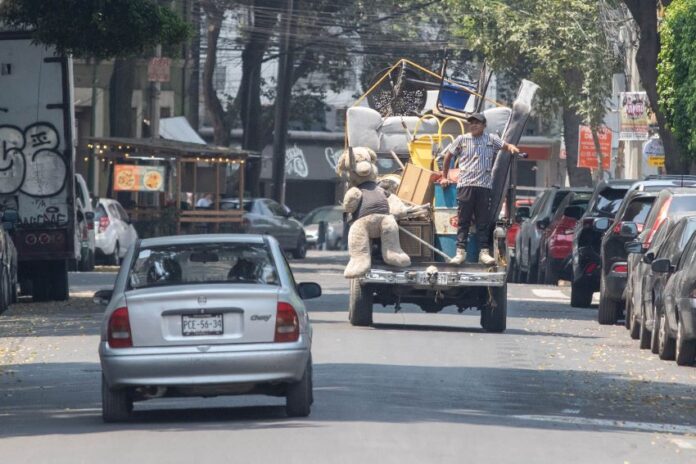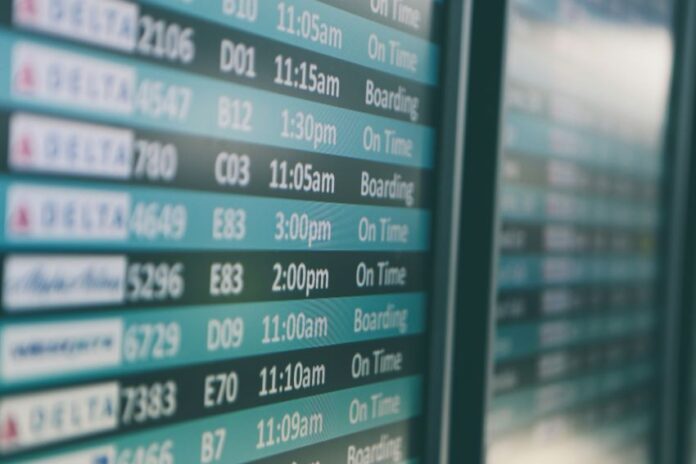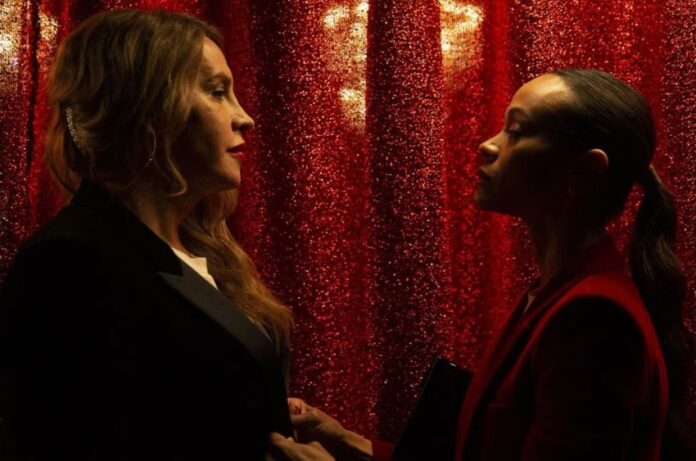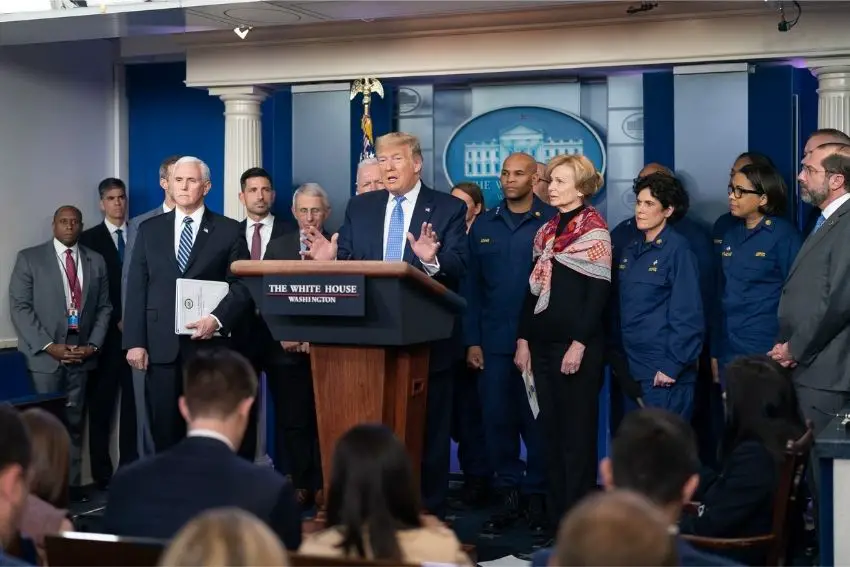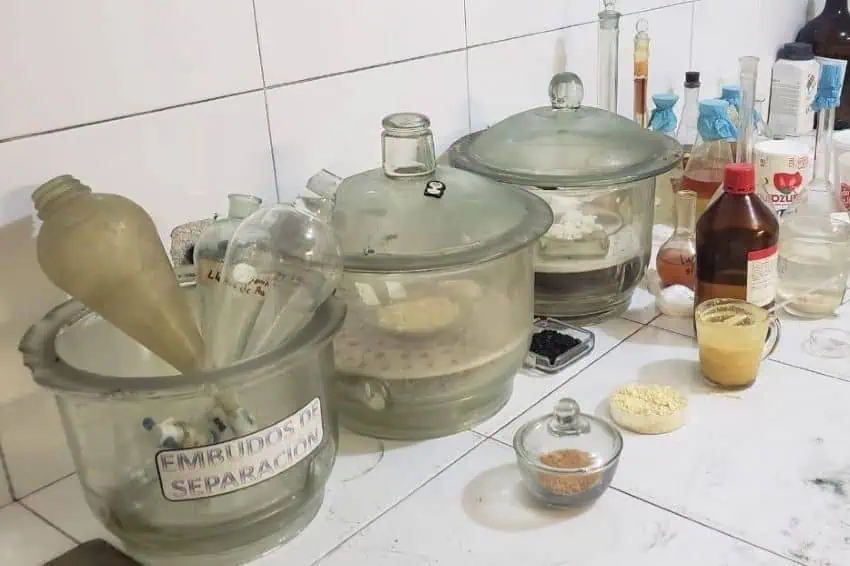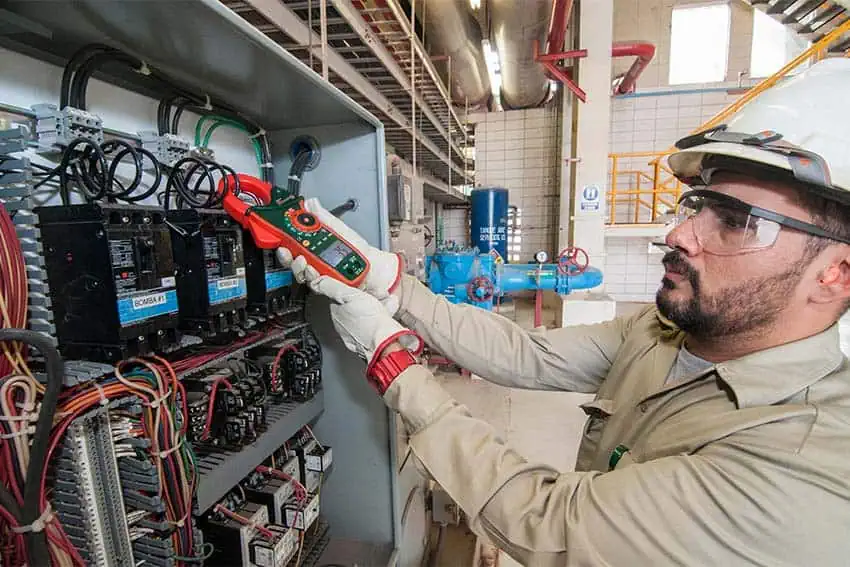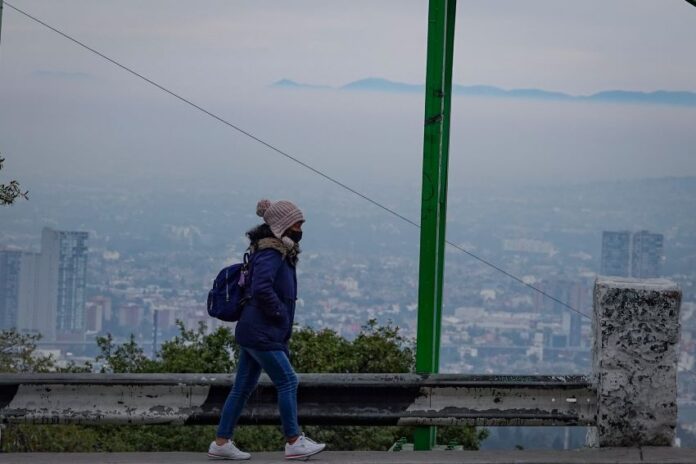One of the iconic sounds of Mexico just celebrated its 20th birthday.
It’s the recording of a 9-year-old girl’s voice blaring from an old pickup truck that’s cruising the streets in search of “colchones, tambores, refrigeradores, estufas, lavadoras” and other used goods.
@languageobsessed #México #cdmx #secomprancolchones ♬ original sound – Carlos
And according to the newspaper El País, this 18-second piece of Mexican poetry was recorded in the final weeks of 2004 by the young daughter of Marco Antonio Terrón, a buyer of scrap metal in greater Mexico City.
Although the exact date of little Marimar’s recording isn’t certified — other sources say the audio began to circulate in 2002 or even earlier — what is definitive is that the melodic “Fierro Viejo” (Scrap Metal) has become a significant part of popular culture in Mexico.
The full ditty translates to “We’re buying mattresses, metal drums, refrigerators, stoves, washing machines, microwaves or any old metal things that you’re selling.”
Terrón and his daughter, whose full name is María del Mar Terrón Martínez, produced the recording at home in Chimalhuacán, a municipality in México state that’s part of the metropolitan area of Mexico City. Within years, her same distinctive song had permeated Mexico City — and beyond.
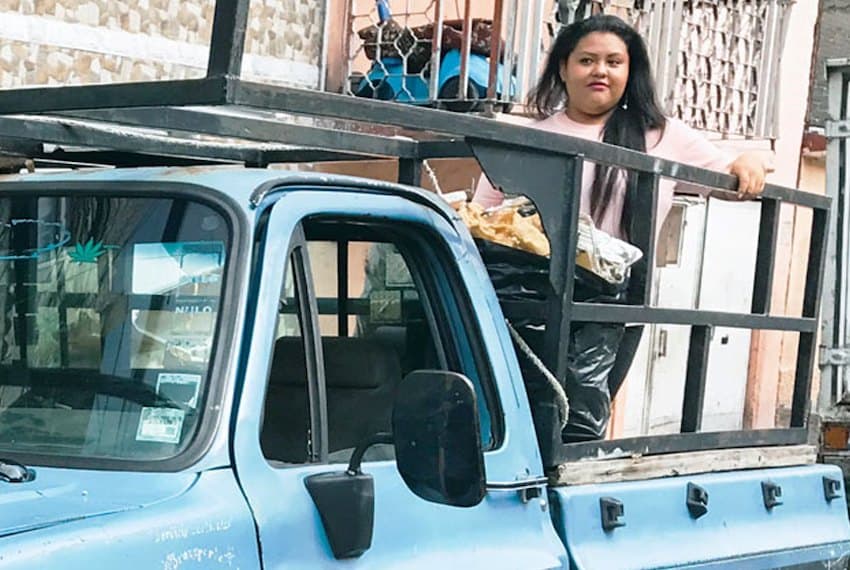
In 2022, a Jalisco native now living in Europe played it on the streets of Doha, Qatar, much to the joy and amusement of Mexicans (and others) who were there for the World Cup men’s soccer tournament.
Once, it interrupted former President Andrés Manuel López Obrador during a press conference.
It has been turned into hypnotic dance music by DJ Ariel Style and others, and there’s even an opera version. Occasionally, it’s heard in the background in a Mexican TV show or movie. T-shirts and other merchandise are emblazoned with its words. And it’s even been translated into English and Japanese in heavily gentrified neighborhoods of Mexico City, according to El País.
Terrón, now 60, originally wrote the lines to help his business. He had just broken away from a scrap operation with one of his brothers, and needed a way — better than yelling into his hand-held megaphone — to let people know he was out collecting items for scrap or resale.
@elescenariovip #lasvocesdeelescenario #chistopherhernandez #fyp ♬ sonido original – El Escenario Vip
As father and daughter told it to El País, they both came up with the idea of a recording. So one night, Dad wrote the script and added drawings (a stove, a refrigerator, etc.) to aid his daughter, who still couldn’t read very well.
For the recording, they used a dual cassette tape recorder with a built-in microphone.
When the recording was finished, Terrón began playing it from his cart (he didn’t have a truck yet) with a tape player and megaphone. Because a cassette tape could get tangled in the player, he carried several extra tapes with him — which is how the recording spread after several of his colleagues asked him for a copy.
Terrón used the recording for two years, then left the area to try his luck in the restaurant business in Valle de Bravo and then Acapulco. When he and his family returned two years later, the recording could be heard throughout metropolitan Mexico City — and, in the years to come, all over Mexico. “My aunts and friends would call me and say, ‘Hey, I’ve heard your recording up here in Durango,” recalled Marimar, now 29 and a mother of three.
In 2013, Terrón registered their creation with intellectual property and copyright agencies, and now, the family has been able to profit a bit when the ditty has been used in productions by major studios such as HBO or Netflix.
Terrón even made a commercial for the home improvement and construction retailer Sodimac.
“It made me cry,” he said of the commercial. “I felt very flattered.”
